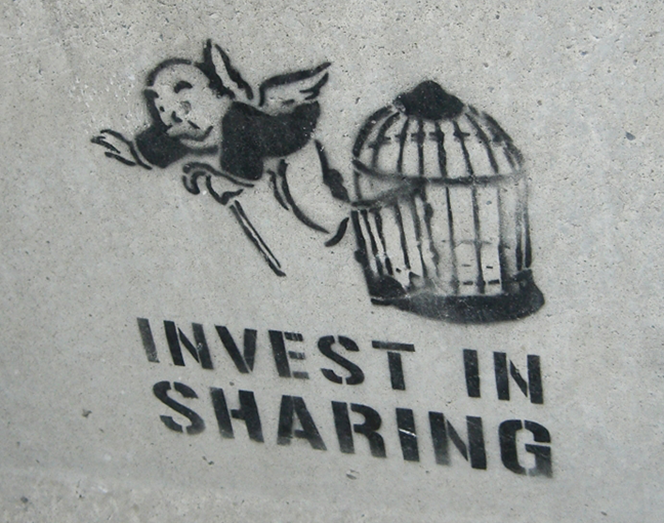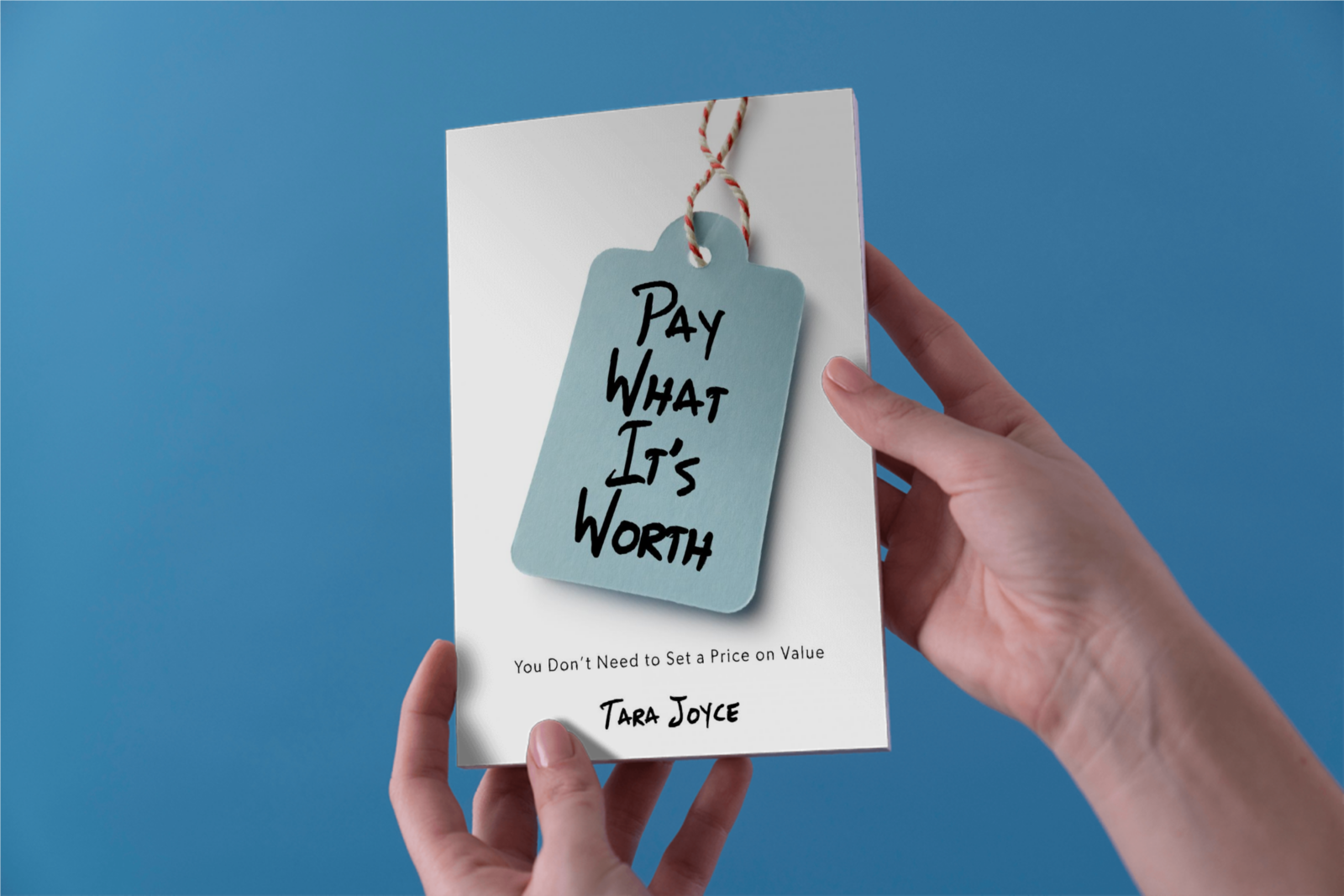
by Tara Joyce | Oct 8, 2015 | Pay What It's Worth Pricing

Recently, there was an interesting experiment conducted in not setting prices and charitable giving, by UC San Diego Rady School of Management and Disney Research. Conducting their experiment at a popular roller coaster, using post-roller coaster action photos as the item to be valued, they found not setting prices to be a viable pricing strategy and social responsibility strategy for companies–when the customer’s willingness to give is stimulated.
While the study focuses on stimulating generosity in a charitable setting, the study’s findings can be applied to any relationship and experience-based business. The researchers found when a customer feels more connected to what they are giving to—and in choice about what/how much they are giving—the more willing they are to give. When buyers know their money and generosity will benefit something specific, such as a charity, or someone specific, such as the business owner, they feel a more tangible and human connection to the value their giving is creating, and in turn, the more open they are to giving—and giving generously.
The study concluded not setting prices could be a tool for creating opportunities for “shared social responsibility” and this shared responsibility may provide the critical sustainability component that is often lacking in current social responsibility strategies. Fascinating.
photographed in my hometown of Toronto by Toban B.

by Tara Joyce | Feb 21, 2014 | Pay What It's Worth Pricing, Personal Branding

Value-For-Value
Pay What You Want
Pay What You Value
Gift Economy
Pay What It’s Worth
Collections of words. Collections of words that intend something similar, and yet different.
They all describe a concept. That you trust your customers to determine the value they receive from your work, and to give accordingly.
You can describe this concept, and your belief in it in many ways.
Value-For-Value
Pay What You Want
Pay What You Value
Gift Economy
Pay What It’s Worth
The words you use are a choice in how you design your communications. It’s your brand. Your experience.
What do you want and need to be valued in the exchange? How do you communicate your intent and the result you desire?
Value-For-Value
Pay What You Want
Pay What You Value
Gift Economy
Pay What It’s Worth
In the end, these terms may differ in their meaning but they describe one truth in their action. That you are a business that is choosing to create it’s own economy.
You’re criticizing the current economic system by creating your own system for valuing products and services. And it’s changing things.
Just as your life choices are creating the world you live in, your business choices are creating the economy you work and exchange in.
In trusting me to value you fairly, we’re creating an economy together where we step out of lack, and into a fair exchange of value, respect and love.
Value-For-Value
Pay What You Want
Pay What You Value
Gift Economy
Pay What It’s Worth
To start creating your economy, it starts with the ask. The intention of your action.
What do you intend to build with the economy you are creating? And how can you best express it?
What lies within the art of your ask?
photo credit: Iwan Gabovitch
for an inspiring talk on “The Art of Asking”, please watch: Amanda Palmer’s TED talk




